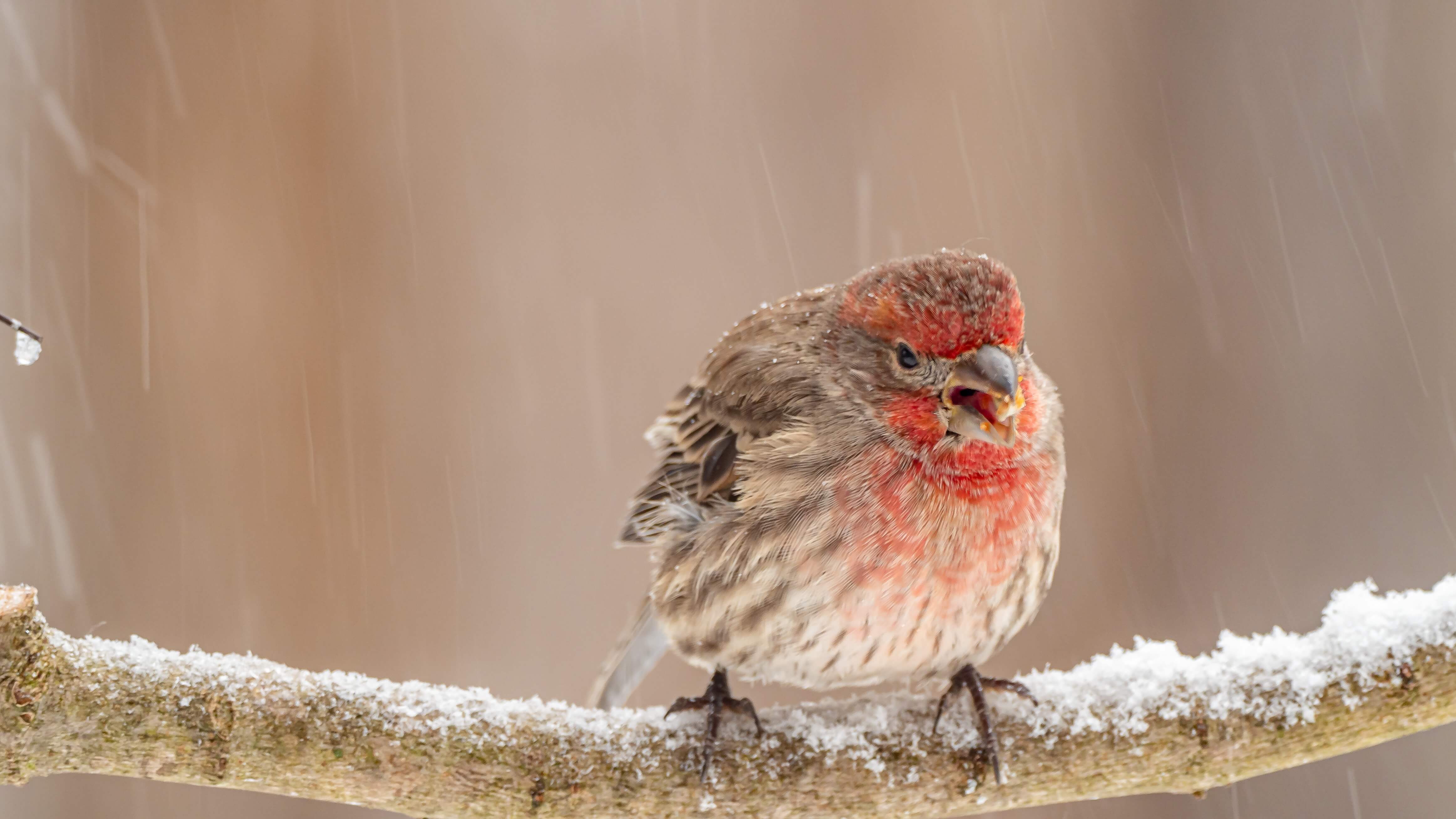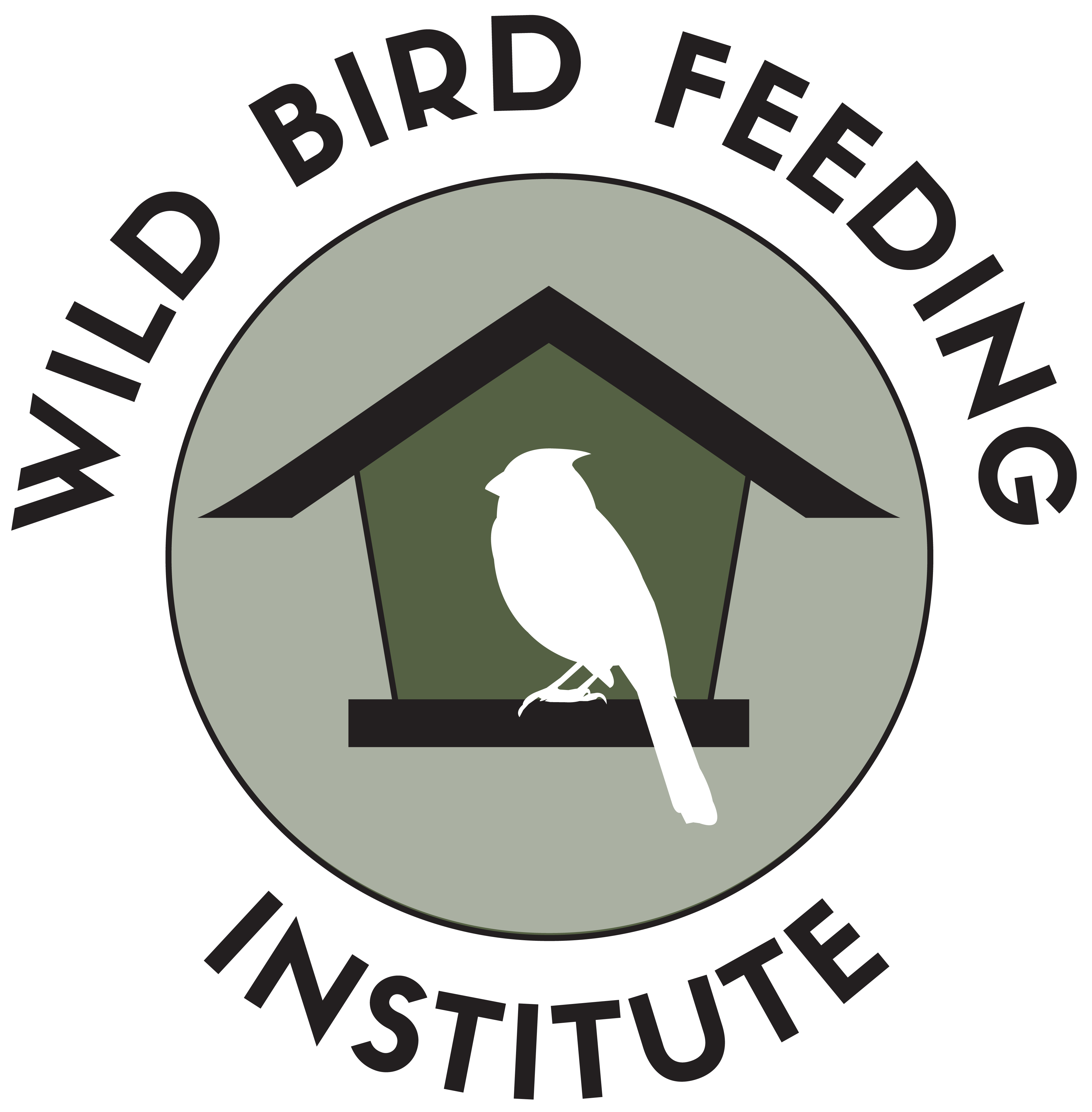2023 Winter Finch Forecast: Understanding Finch Movements and Bird Feeding

Every year, the wild bird feeding industry looks forward to the Finch Research Network (FiRN) Winter Finch Forecast to project finch movement, and therefore, where a boost in seed sales and products may take place. The Winter Finch Forecast for 2023-2024 presents a dynamic picture of finch movements, varying in intensity and distribution among different species. While the forecasts primarily apply to Ontario and neighboring provinces and states in the Northeast United States, this study helps all bird enthusiasts understand how these movements can impact bird feeding across North America.
The WBFI Research Foundation is working on a study in coordination with FiRN that will be available in 2024 that looks at the correlation between finch eruptions and seed sales in the Northeastern United States.
The boreal forest, a crucial habitat for many finch species, is experiencing a mixed crop year. While Alaska and Newfoundland boast bumper cone crops, the story is different in many parts of interior Canada, where cone crops are very poor. Notably, the Alder crop appears to be above average across the boreal forest.
Finches are common feeder birds that feed on Nyjer®, Black Oil sunflower seeds, hulled sunflower seeds, and millet. They generally eat from tube feeders, hopper feeders, and platform feeders. For those interested in attracting specific finch species to their bird feeders, it's essential to know how these movements may affect bird feeding in your region. Here's a breakdown of some key finch species and their expected movements:
- Pine Grosbeak: With good Mountain Ash berry crops in the east, Pine Grosbeaks will likely stay in the eastern boreal forest. In the west, where Mountain Ash crops are below average, they may visit well-stocked feeders with black oil sunflower seeds.
- Purple Finch: Purple Finches have mixed movements this fall—strong southward flights in some areas, minimal movement in others. Expect overwintering in eastern Canada and the northeastern U.S., with a stronger southward flight in the upper Midwest as winter progresses.
- Common and Hoary Redpolls: A good Alder crop across the boreal forest may lead to a moderate southward flight. Watch for them on birches, in weedy fields, and at bird feeders with Nyjer® and black oil sunflower seeds.
- Pine Siskin: Significant numbers are leaving the boreal forest, possibly resulting in a moderate to strong southward flight. Attract them with Nyjer® seeds in silo or sock feeders.
- White-winged Crossbill: Due to poor cone crops, White-winged Crossbills are moving southward. This winter, spot them in southeastern Canada, the northeastern U.S., and the upper Midwest, even in urban areas with suitable cone crops.
- Red Crossbill: Appearing where Eastern White Pinecone crops are excellent, their movements depend on food. Identify their types by recording flight calls and seeking expert help.
- Evening Grosbeak: With bumper fruit crops in some regions, expect most to stay in the boreal forest. In northwestern Ontario and western Canada's mountains, they may seek feeders or suitable food sources further south.
Understanding the movements and preferences of finch species can enhance your bird-feeding experience. By providing the right seeds and creating bird-friendly environments, you can attract and support these beautiful birds throughout the winter season. Click here to discover how to turn your backyard into a sanctuary with WBFI's 6-step guide.
The Finch Research Network has a feeder cam co-sponsored by Aspen Song Wild Bird Food, which is a member of Wild Bird Feeding Institute, and that will go live again in Caribou, Maine around November 1. Stay tuned for the link!
Most importantly, we must recognize and honor the legacy of Ron Pittaway, the passionate mind behind the Winter Finch Forecast. His dedication to sharing his knowledge and insights has left an enduring mark on bird enthusiasts worldwide. We owe him a debt of gratitude for his invaluable contributions to ornithology, and his Winter Finch Forecast will continue to be a cherished and eagerly anticipated resource for birders everywhere.
